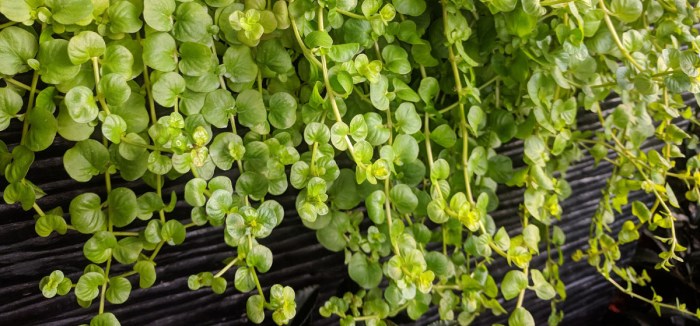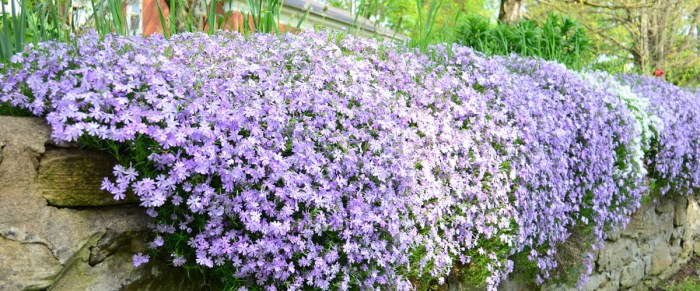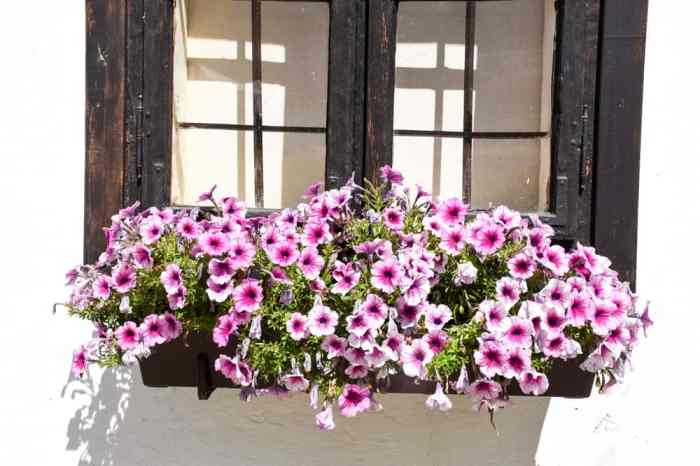Discover the world of best cascading house plants and elevate your home decor to new heights. These plants, known for their graceful, trailing foliage, bring a touch of nature and tranquility to any space. Whether you’re a seasoned plant enthusiast or just starting your green journey, this guide will provide you with everything you need to know about these captivating plants.
From identifying the most popular varieties to understanding their specific care requirements, we’ll explore the unique characteristics of each plant and how to incorporate them into your interior design schemes. So, let’s dive into the world of cascading house plants and transform your home into a lush oasis.
Identify and Describe

Cascading house plants add a touch of elegance and natural beauty to any home. They are perfect for adding a splash of greenery to a room, and they can also help to purify the air. Here are some of the most popular cascading house plants, along with their scientific names and common names:
Pothos
- Scientific name: Epipremnum aureum
- Common names:Pothos, devil’s ivy, money plant
- Physical characteristics:Pothos is a vine with long, trailing stems that can grow up to 10 feet long. The leaves are heart-shaped and come in a variety of colors, including green, yellow, and white.
- Growth requirements:Pothos is a low-maintenance plant that is easy to care for. It prefers bright indirect light, but it can also tolerate low light conditions. Water the plant when the soil is dry to the touch.
Spider Plant
- Scientific name: Chlorophytum comosum
- Common names:Spider plant, airplane plant
- Physical characteristics:The spider plant is a rosette-forming plant with long, arching leaves. The leaves are green with white stripes, and they produce small white flowers that resemble spiders.
- Growth requirements:The spider plant is a low-maintenance plant that is easy to care for. It prefers bright indirect light, but it can also tolerate low light conditions. Water the plant when the soil is dry to the touch.
Philodendron
- Scientific name: Philodendron scandens
- Common names:Philodendron, heartleaf philodendron
- Physical characteristics:The philodendron is a vine with long, trailing stems that can grow up to 20 feet long. The leaves are heart-shaped and come in a variety of colors, including green, yellow, and red.
- Growth requirements:The philodendron is a low-maintenance plant that is easy to care for. It prefers bright indirect light, but it can also tolerate low light conditions. Water the plant when the soil is dry to the touch.
Compare and Contrast

Cascading house plants add a touch of elegance and charm to any home. They come in a variety of shapes, sizes, and colors, making them suitable for any decor style. However, it is important to consider the growth habits, ease of care, and overall appearance of each plant before making a purchase.
Some of the most popular cascading house plants include pothos, philodendron, and spider plants. Pothos is a fast-growing plant that can easily tolerate neglect. It has heart-shaped leaves that come in a variety of colors, including green, white, and yellow.
Philodendron is another fast-growing plant that is known for its large, glossy leaves. It is a bit more finicky than pothos, but it is still relatively easy to care for. Spider plants are a slow-growing plant that produces long, thin leaves with spiderettes at the ends.
If you’re seeking to add a touch of greenery to your home, consider cascading house plants. These plants gracefully trail down, creating a stunning visual effect. For expert guidance on hanging plants, visit Hanging Plants Indoor . Their comprehensive resources provide valuable tips on selecting and caring for the best cascading house plants, ensuring they thrive and enhance your living space.
They are very easy to care for and can tolerate a wide range of conditions.
When choosing a cascading house plant, it is important to consider the size of the space you have available. Pothos and philodendron are both large plants that can quickly fill a space. Spider plants are a smaller plant that is ideal for smaller spaces.
It is also important to consider the amount of light you have available. Pothos and philodendron can tolerate low light conditions, but they will grow best in bright, indirect light. Spider plants can tolerate even lower light conditions.
Once you have considered the size of the space you have available and the amount of light you have, you can start to narrow down your choices. Pothos is a good choice for beginners because it is easy to care for and can tolerate a wide range of conditions.
Philodendron is a good choice for those who want a larger plant that will make a statement. Spider plants are a good choice for those who have limited space or who want a plant that is easy to care for.
Design and Style

Cascading house plants are not just beautiful, but they also offer endless possibilities for incorporating them into interior design schemes. Their trailing stems and lush foliage can add a touch of nature and elegance to any room. Here are some creative ideas for using these plants to create unique and stylish displays:
Vertical Gardens and Living Walls: Cascading plants are perfect for creating vertical gardens and living walls. These vertical displays not only add a touch of greenery to your space but also purify the air and improve indoor air quality. You can use a variety of cascading plants, such as ferns, ivy, and pothos, to create a lush and vibrant vertical garden.
Unique Displays
Hanging Baskets and Macrame Planters: Hanging baskets and macrame planters are a great way to display cascading plants. They can be hung from the ceiling, walls, or even furniture to create a unique and eye-catching display. Cascading plants, such as spider plants, string of pearls, and hoyas, look especially stunning in hanging baskets or macrame planters.
Plant Placement and Arrangement: The placement and arrangement of your cascading plants can significantly impact their visual impact. When placing your plants, consider the size of the plant, the length of its stems, and the color of its foliage. You can create a dramatic effect by grouping plants of different sizes and colors together.
For example, you could pair a large fern with a smaller ivy plant or a variegated pothos with a solid green one.
Accessorizing with Pots and Planters: The pots and planters you choose for your cascading plants can also play a role in their overall design. Choose pots and planters that complement the style of your home décor and the plants themselves.
For example, a rustic clay pot would look great with a fern, while a sleek ceramic planter would be a perfect match for a pothos.
For those seeking to enhance their indoor space with cascading house plants, consider exploring Air Purifying Hanging Plants: Enhancing Indoor Air Quality and Aesthetics . This resource provides valuable insights into air-purifying hanging plants that not only add aesthetic appeal but also improve indoor air quality.
While cascading house plants add a touch of elegance, air-purifying hanging plants offer the added benefit of removing toxins from the air, creating a healthier living environment.
Health and Care

Cascading house plants, while visually appealing, require specific care to maintain their health and vitality. Several common pests and diseases can affect these plants, including aphids, mealybugs, scale insects, and fungal diseases such as powdery mildew and root rot.
Prevention and Treatment
To prevent infestations, regular inspection and isolation of affected plants are crucial. Neem oil, insecticidal soap, or horticultural oil can effectively control pests. For fungal diseases, fungicides containing sulfur or copper may be necessary.
Regular Maintenance
Regular pruning is essential to encourage healthy growth and remove dead or damaged leaves. Repotting should be done every 2-3 years using a well-draining potting mix. Fertilizing during the growing season with a balanced liquid fertilizer will provide essential nutrients for optimal growth.
For an eye-catching display, consider incorporating best cascading house plants into your indoor greenery. These plants, with their trailing vines and lush foliage, add a touch of elegance to any space. If you’re looking for a comprehensive guide on how to elevate your interiors with large indoor hanging pots, be sure to check out Elevate Your Interiors with Large Indoor Hanging Pots: A Comprehensive Guide . This resource provides valuable tips on choosing the right plants and pots, as well as expert advice on care and maintenance.
With the right knowledge, you can create a stunning indoor oasis with cascading house plants that will bring life and beauty to your home.
Case Studies

Cascading house plants have become increasingly popular for their ability to transform interior spaces. Here are some real-world examples of how these plants have been used to create stunning visual effects:
Example 1: Living Room Transformation
In a small living room, a cascading philodendron was used to create a dramatic focal point. The plant’s long, trailing vines hung from a high shelf, creating a lush green curtain that softened the sharp angles of the room. The result was a cozy and inviting space that felt both spacious and serene.
Example 2: Staircase Greenery, Best cascading house plants
A cascading pothos was used to add a touch of elegance to a plain staircase. The plant’s trailing vines cascaded down the steps, creating a living waterfall that drew the eye upwards. The result was a stunning visual statement that made the staircase a focal point of the home.
To showcase the beauty of cascading house plants, consider using 8-inch hanging planters. These versatile additions to indoor décor provide ample space for trailing vines and lush foliage to cascade gracefully, creating a captivating display. By incorporating these planters, you can elevate your living space with a touch of greenery and tranquility.
Explore 8 Inch Hanging Planters: A Versatile Addition to Indoor Décor to discover the perfect options for your cascading house plants.
Testimonials
Homeowners and interior designers alike have praised the transformative power of cascading house plants. “Cascading plants add a touch of whimsy and drama to any space,” says interior designer Sarah Richardson. “They’re a great way to create a focal point or to add a touch of greenery to a corner that needs some life.”
Concluding Remarks: Best Cascading House Plants
Cascading house plants offer a myriad of benefits, not only enhancing the aesthetics of your home but also purifying the air and creating a sense of well-being. With proper care and attention, these plants will thrive and continue to add beauty and vitality to your living spaces for years to come.
Embrace the joy of cascading house plants and let their natural charm transform your home into a sanctuary of tranquility and style.
Q&A
What are the most popular cascading house plants?
Some of the most popular cascading house plants include pothos, philodendron, spider plants, and string of pearls.
How much light do cascading house plants need?
Most cascading house plants prefer bright, indirect light. However, some varieties, such as pothos, can tolerate low light conditions.
How often should I water cascading house plants?
Water your cascading house plants when the top inch of soil feels dry to the touch. Avoid overwatering, as this can lead to root rot.